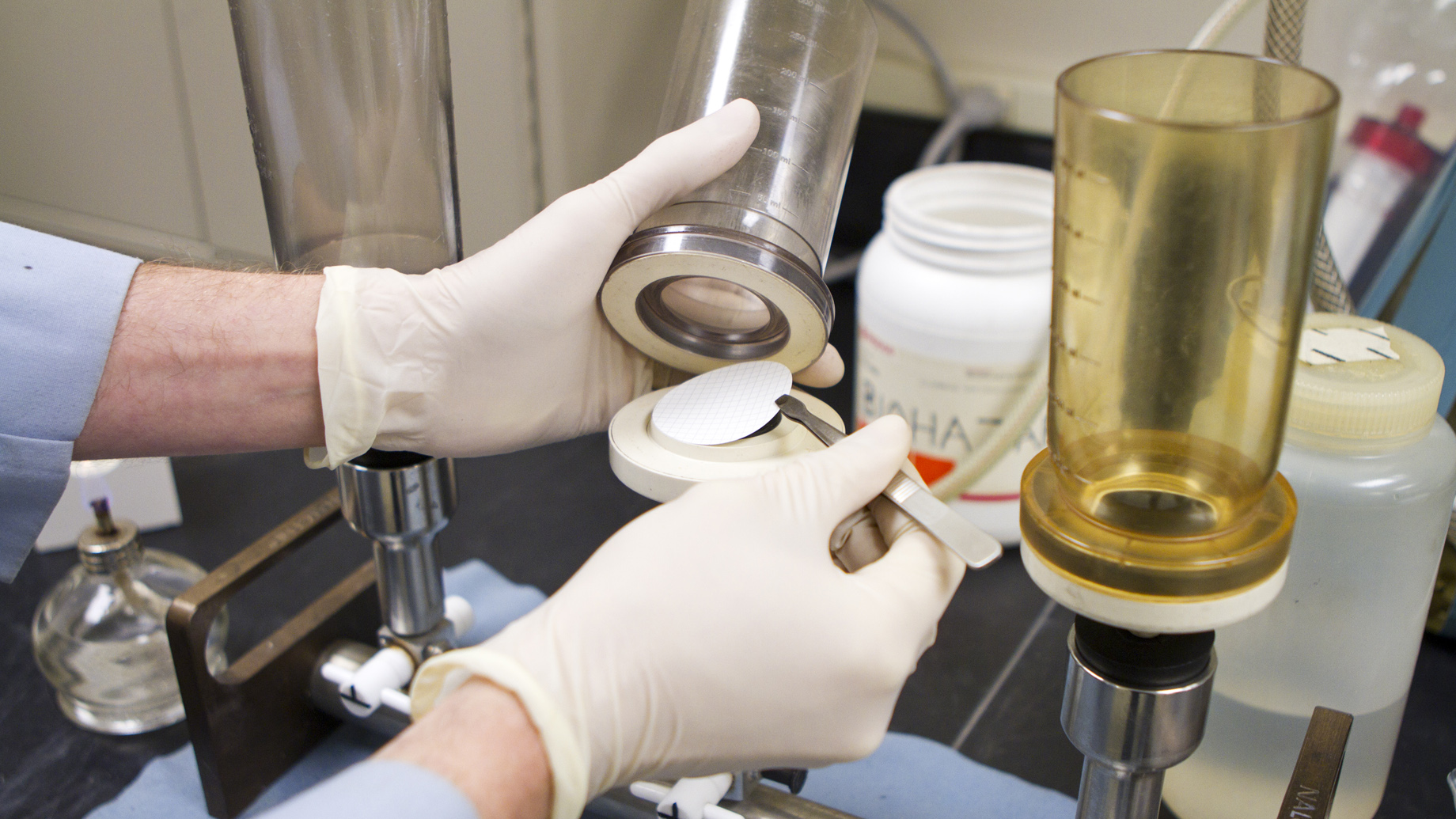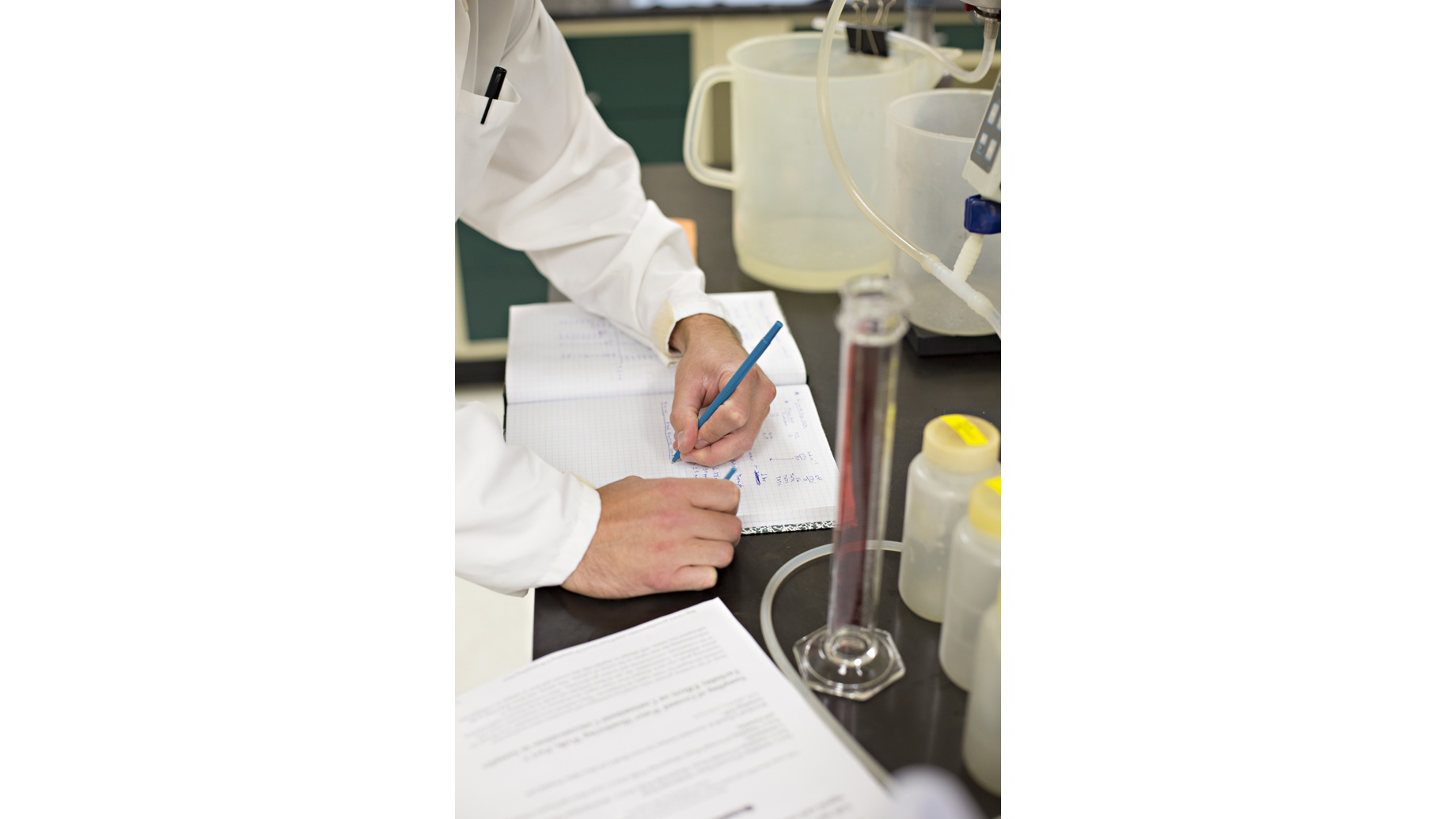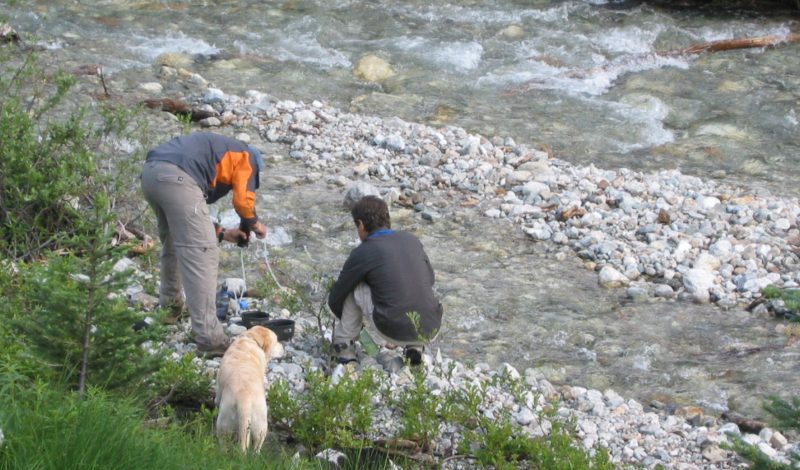In our brave new world of uber-regulation of everything, it may come as a surprise to find out that the world of portable water filtration and purification lives like the wild, wild, west. Take a dirty sock, stuff it into a PVC pipe, and you can market it as a do-it-all water filter. You may not find buyers but you can legally try to sell it.
The reasons for this lack of oversight are fairly complex. The sheer number of unpredictable variables in backcountry water—differing sources, temperatures, pH balance, potential contaminates, etc.—make it next impossible to establish a legitimate baseline against which to test. The sheer variety of portable water treatment options on the market perfectly illustrates this lack of oversight. The product variability can make finding a legitimately safe water filtration or purification solution a daunting proposition.
 This, in large part, is precisely why Mountain Safety Research (MSR) voluntarily—and thoroughly—tests their water treatment devices. As our profile of the company’s thorough vetting processes for their stove line illustrated (see here), testing is in MSR’s DNA. The Seattle-based company got its start by testing outdoor products, first as the Mountain Safety Research newsletter and later as a manufacturer.
This, in large part, is precisely why Mountain Safety Research (MSR) voluntarily—and thoroughly—tests their water treatment devices. As our profile of the company’s thorough vetting processes for their stove line illustrated (see here), testing is in MSR’s DNA. The Seattle-based company got its start by testing outdoor products, first as the Mountain Safety Research newsletter and later as a manufacturer.
For their water treatment devices, MSR staff embraced the efficacy standards set by the scientific community to test against threats articulated in the NSF Protocol P231—a fancy name for the ten-day quality-assurance process that every one of their product lines undergoes throughout the life of the device.
To make this as legit as possible, MSR established their own Water Lab in 1997, an EPA-certified Biosafety Level 2 Lab, which allows them to house the kinds of live pathogens (bacteria and viruses) that one could encounter in the field. The five-team staff is a veritable brain trust of talent, with scientists that boast degrees in chemical engineering, biochemistry, microbiology, environmental science, and cellular and molecular biology.
The 1,336-square-foot lab is housed in one of the four buildings that make up the HQ of Cascade Designs, MSR’s parent company. A hand-written sign on the door reads “staph only,” capturing the quirky sense of humor of principle investigator Tim Oriard, who provided a tour of the lab for the Gear Institute earlier this fall. The man can talk about dirty water for days—but we only got about an hour to see the lab in action.
 Each of MRS’s filters and purifiers are tested against two types of water—one that’s clear, but contaminated with a variety of critters, and another—aptly named Type 2—that collects all the other unpredictable elements of portable water, including silt, turbidity, natural organic matter, harsh temps, and variable pH balance.
Each of MRS’s filters and purifiers are tested against two types of water—one that’s clear, but contaminated with a variety of critters, and another—aptly named Type 2—that collects all the other unpredictable elements of portable water, including silt, turbidity, natural organic matter, harsh temps, and variable pH balance.
As part of their wider testing—not just their stuff, but all the makes and models on the market—they have access to more than 65 different water treatment technologies, from UV and various filtration methods to absorptive media and chemical treatments. If a filtration product exists anywhere, they know how well it works.
What started out as an effort to test everything they create, including the ceramic filters that are manufactured entirely on-site, has evolved into one of the country’s only in-depth water testing facilities. They’ve since branched out into the research and technology creation for pretty much everyone interested in safe water, from the Department of Defense to contracts with non-governmental organizations looking for legit water treatment solutions in developing counties.
The research and product development undertaken by MSR for the Bill and Melinda Gates Foundation, for example, has led to the creation of what’s currently dubbed the SE200. This lunchbox-sized electro-chlorinator kit attaches to a motorcycle battery (which are plentiful in most developing nations) or another power source so that the owner can charge a small amount of water and salt to create a chorine-based solution capable of purifying up to 55 gallons of water. (NOTE: MSR had a similar treatment device designed for backcountry use but it was abandoned after the public didn’t embrace the technology). MSR and the foundation hope that the SE200 can become not only a source of clean water, but also inspire on-the-ground entrepreneurs to create—and sell—purified water.
That is an admirable goal, for sure. But not quite as ambitious as their next project: Figuring out a way to take human sewage and transform the brown water into something safe to drink. (For the record, Dr. Oriard didn’t show us the actual human sewage that they’d acquired; it was safely sealed off in blue drums underneath some fancy waste-breakdown device that dominated a table in a small room in the back of the lab.)
 MSR hopes that eventually all water treatment manufacturers will voluntarily enter into the same regulation, and praised companies like the Swiss-based Katadyn for mirroring MSR’s in-depth efforts to assure that the water you’re filtering and purifying is safe to drink.
MSR hopes that eventually all water treatment manufacturers will voluntarily enter into the same regulation, and praised companies like the Swiss-based Katadyn for mirroring MSR’s in-depth efforts to assure that the water you’re filtering and purifying is safe to drink.
Until then, purchase your next water filter with open eyes—and maybe look for the latest MSR product. Right now they’re innovating on products that are still three to five years from hitting the shelves. But the ones that are out now are guaranteed to work.














